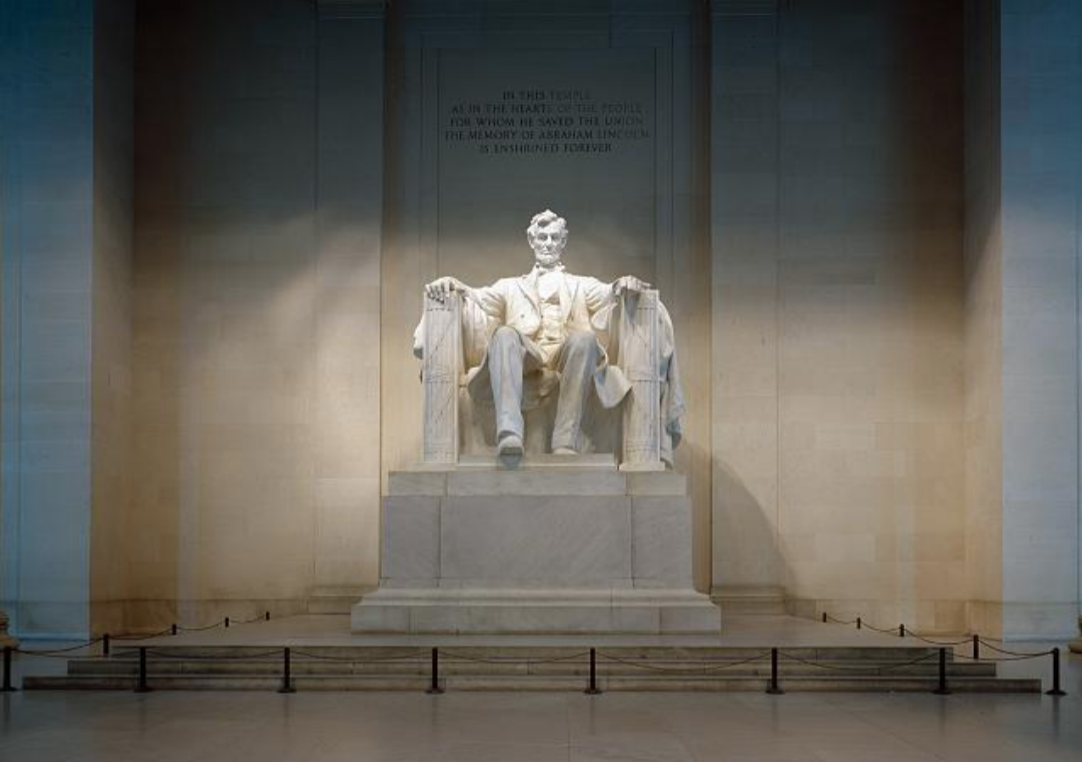
What are some important symbols of the United States? Why are they important?
Download Primary Source Set: American Symbols
First-grade students deepen their understanding of national identity and cultural literacy by learning about national and state symbols (Standard 1.3). Students learn to recite the Pledge of Allegiance and sing songs that express American ideals (e.g., “You’re a Grand Old Flag”). As students participate in shared inquiry, they begin to understand the significance of national holidays and the achievements of the people associated with them. They also learn to identify and understand American symbols, landmarks, and essential documents, such as the flag, bald eagle, Statue of Liberty, U.S. Constitution, and Declaration of Independence, and know the people, ideas, and events associated with them. Teachers should focus on how these symbols provide a sense of identity for Americans and a sense of community across time and space. Informational texts and literature such as Deborah Kent’s Lincoln Memorial, Ann McGovern’s The Pilgrims’ First Thanksgiving, Lucille Recht Penner’s The Statue of Liberty, and Patricia Ryon Quiri’s The National Anthem may be used to answer questions such as What are some important symbols of the United States? and Why are they important? Students may create a class “big book” of important national symbols by writing informational or opinion pieces about these symbols. Teachers may also read to students The Wall by Eve Bunting, which helps them to understand the symbolic nature of monuments and how they represent civic values.
